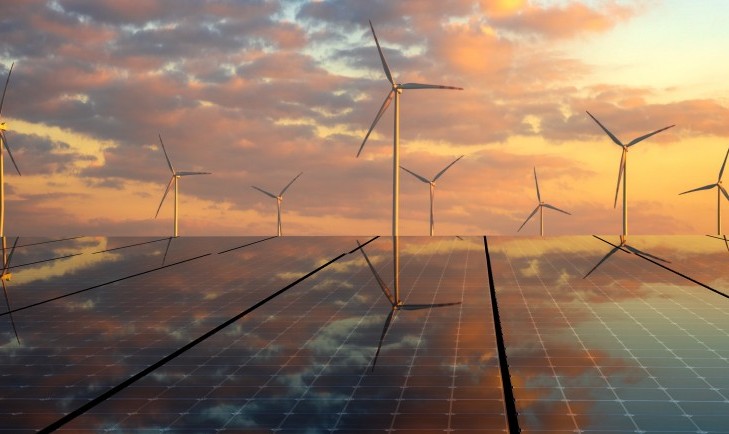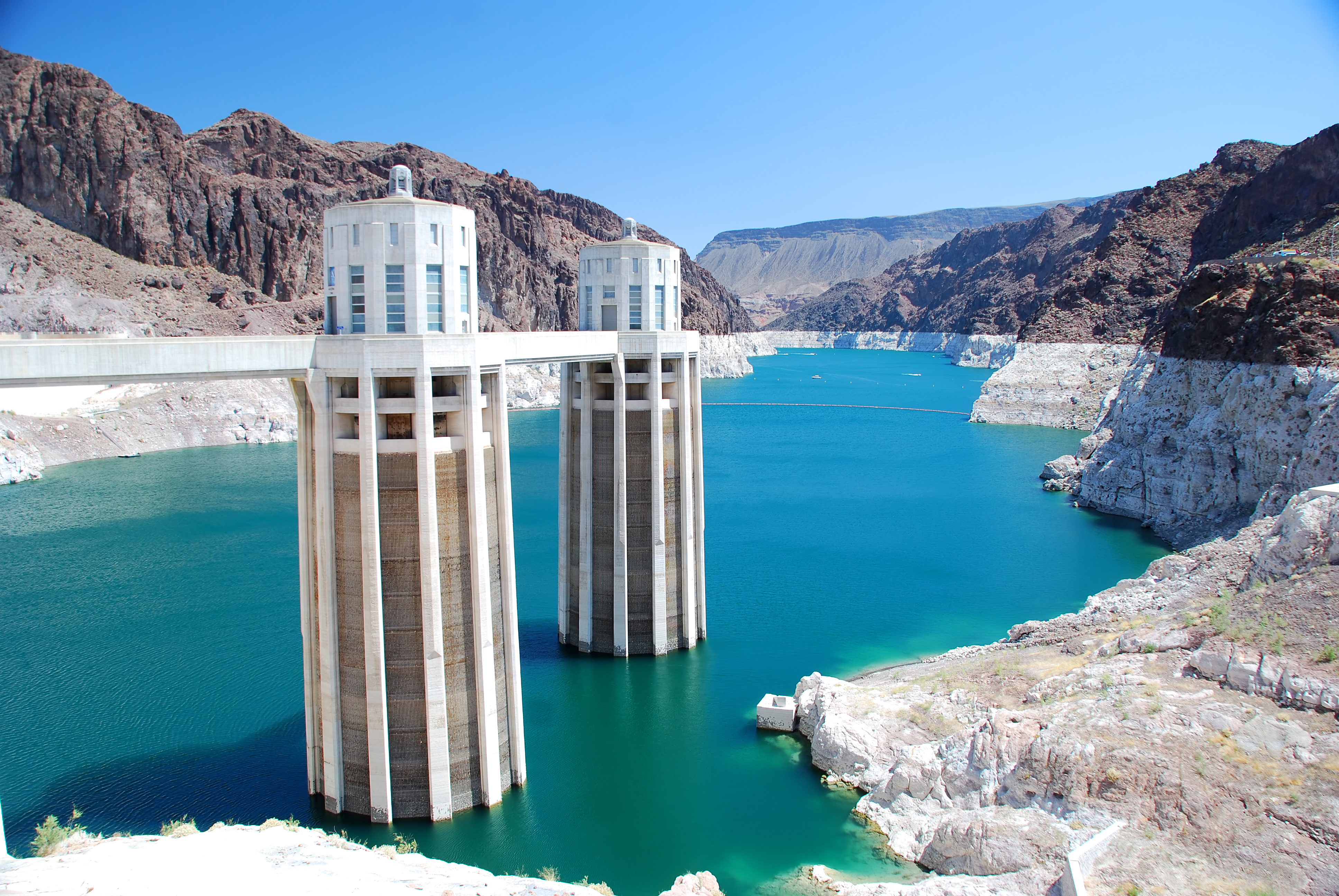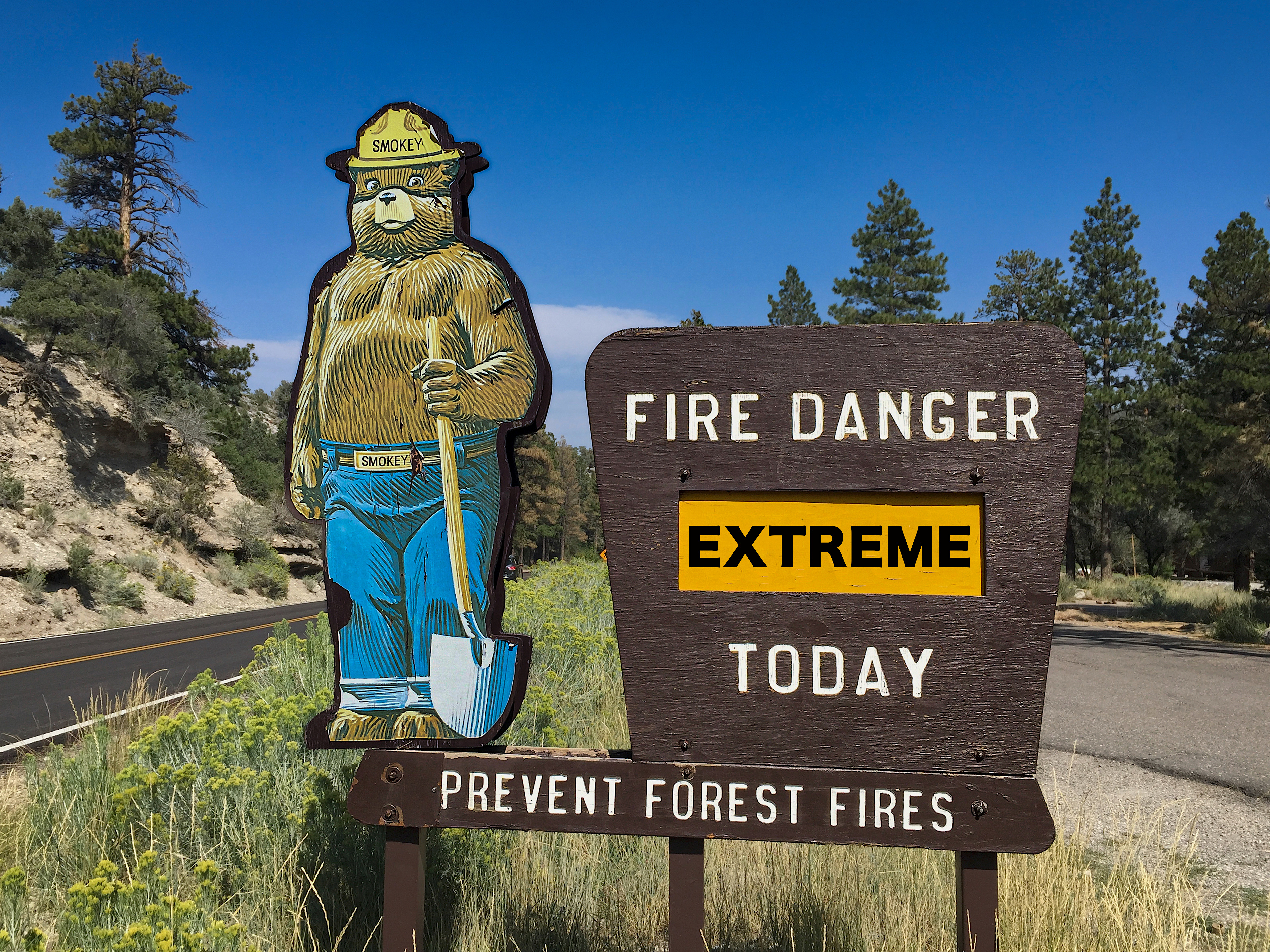08/15/24
Best of the West: Clean power outpaces coal; opening the country’s largest direct air capture facility; a historic water agreement; closing the employment gap; and Smokey Bear turns 80

The Western Governors' Association keeps you updated on the latest news in the West. Here are the top stories for the week starting August 12, 2024. (Photos courtesy of Adobe Stock Images and Canary Media).
It’s American Clean Power Week (#PowertheEconomy) and according to newly released federal data, solar and wind are on track to generate more power than coal for the first time in U.S. history.
.png) The Environmental Protection Agency also recently released data that shows 13 states, including Washington, Oregon, Idaho, Montana, South Dakota, and Kansas, received the majority of their electricity from carbon-free sources in 2023.
The Environmental Protection Agency also recently released data that shows 13 states, including Washington, Oregon, Idaho, Montana, South Dakota, and Kansas, received the majority of their electricity from carbon-free sources in 2023.
This news comes at a time when the reliability of the electric grid is in the spotlight amid increasing power demand due to the growth of artificial intelligence, data centers, and more frequent and severe heat waves, which drive up air conditioning use. According to U.S. Energy Information Administration (EIA) statistics, electricity demand through the first seven months of the year was up 4 percent to 2,436 TWh through the end of July.
The growth in demand has been a boon for power generators. The 118 terawatt-hours (TWh) generated by utility-scale solar facilities through the end of July represented a 36 percent increase from the same time period last year, according to EIA figures. Wind production was up 8 percent over 2023 levels, generating 275 TWh. Nuclear generation was up 3 percent, generating 459 TWh with the help of two new reactors in Georgia coming online within the last year. Hydropower generation was up 1 percent to 159 TWh.
In order to bring even more renewable generating capacity online, the U.S. Department of Energy announced $2.2 billion in funding for eight projects across 18 states to strengthen the electrical grid. The money will help build more than 600 miles of new transmission lines and upgrade about 400 miles of existing lines to carry more current.
White House climate adviser John Podesta even suggested that permitting legislation could come together on Capitol Hill after the November elections.
Western states, however, are not waiting around on Washington, D.C., to continue to build out their renewable energy portfolio.
In Colorado, Tri-State Generation, a Westminster-based utility serving a million consumers through co-ops in four western states, released a new five-year building plan that includes linking up to hundreds of megawatts of new solar power by the end of 2025, as well as new wind farms and innovative battery storage projects.
The Colorado Energy & Carbon Management Commission (ECMC) also adopted its first set of rules for deep geothermal operations. The new standards aim to advance Colorado's geothermal resources by utilizing ECMC's experience regulating both surface and subsurface energy development activities.
In Texas, The San Miguel Electric Cooperative announced a deal with Sage Geosystems, a company founded by former executives from oil and gas major Shell, as part of the state’s broader boom in geothermal energy startups. Rather than seeking to tap underground heat, the project uses “earth storage” to trap cheap power from wind and solar, store it underground, and sell it back to the grid when it’s needed.
In Wyoming, following the groundbreaking of TerraPower’s Natrium nuclear reactor plant – the first advanced reactor project ever to start construction – Uranium Energy has restarted uranium production at its Christensen Ranch operations, with shipments expected in November or December. With a global push for nuclear generation, which could roughly double by 2050, according to the International Energy Agency, reopening the mine also offsets the country’s reliance on Russia for nuclear reactor fuel.
Carbon Capture: The largest U.S. facility for pulling carbon dioxide directly from the atmosphere launched this week at CapturePoint's Oklahoma Carbon Hub. Dubbed the Bantam project, the plant will extract at least 5,000 metric tons of CO2 out of the sky each year. While direct air capture, or DAC, is still a fledgling technology, according to the plant’s operators, Denver-based Heimdal, the Bantam project is aiming to trap CO2 for a removal cost of less than $200 per metric ton.
Learn more about carbon capture, utilization, and storage by reading the recently released Decarbonizing the West initiative report, which includes policy recommendations for how the industry can be advanced.
 Water Agreements: The Imperial Irrigation District (IID) in California, which manages the largest share of Colorado River flows in the nation, finalized a multiyear conservation agreement with the Biden administration that ensures more than 228 billion gallons of water will remain in Lake Mead (pictured) through 2026.
Water Agreements: The Imperial Irrigation District (IID) in California, which manages the largest share of Colorado River flows in the nation, finalized a multiyear conservation agreement with the Biden administration that ensures more than 228 billion gallons of water will remain in Lake Mead (pictured) through 2026.
“IID’s efforts provide an example for other states and regions to follow as we plan for a drier future in the Colorado River basin,” said Colorado River Commissioner for California J.B. Hamby, who also serves as IID's vice chair. “IID has cleared enormous hurdles to make this deal happen — there is no excuse for inaction anywhere along the river.”
Recompete: The U.S. Economic Development Administration recently announced six awardees for its Recompete Pilot Program, which seeks to close unemployment gaps through large, flexible investments in areas where prime-age (25-54 years) employment significantly trails the national average.
The Wind River Indigenous-based Economy Recompete Plan, led by the Wind River Development Fund, will receive approximately $36 million to catalyze an indigenous-led eco-tourism economy on the Wind River Reservation and in Fremont County, Wyoming. The money will support several projects, including $9.75 million for a 14,000-square-foot buffalo museum, as well as a commercial kitchen, hoop houses, plant nursery, orchard, and a “food forest” of native plants for the Wind River Food Sovereignty Project.
The North Olympic Peninsula Recompete Plan, led by Clallam County, will receive approximately $35 million to revitalize areas in the remote region of Washington State’s North Olympic Peninsula, which is home to five tribal nations.
The grant will facilitate several key initiatives, including the expansion of the Composite Recycling Technology Center in partnership with the Makah Tribe. The CRTC will manufacture Advanced Cross-Laminated Timber, contributing to the development of affordable housing solutions like accessory dwelling units and tiny homes.
 Smokey Bear: Smokey Bear, the longest-running public service announcement in the U.S., turned 80 years old on August 9.
Smokey Bear: Smokey Bear, the longest-running public service announcement in the U.S., turned 80 years old on August 9.
Created at the height of World War II as firefighters were deployed overseas, Smokey Bear (U.S. Forest Service maintains that Smokey’s official name is “Smokey Bear,” not “Smokey the Bear.”) quickly became a household name for his signature line, “Only you can prevent forest fires,” which has since changed to, “Only you can prevent wildfires.”
On average, some 70,000 wildfires have been documented every year in the U.S. since 1983, according to data from the National Interagency Fire Center. Federal data and various independent studies show that around 80% of all wildfires in the country are caused by humans, making Smokey’s message more relevant than ever.